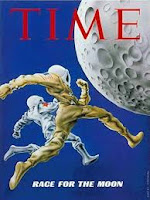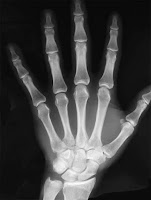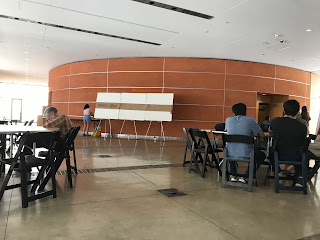Extra Credit Event 2- Griffith Observatory

-Extra Credit Event 2- Griffith Observatory- 6/05/2017- A picture in front of the Griffith observatory (I am on the far right) By far, one of the subjects I am most fascinated in is space. The possibilities for endless discoveries, creation, injinutiy, mixing of different fields and so many other reasons, space and astronomy is one of the few things I choose to spend my own time learning about, away from the classroom. This is why a trip to the Griffith Observatory was too good to pass up. The first thing you see when you arrive is a beautifully designed white exterior with two small brown domed roofs on the outside, and a large one in the center. This is one of the parts I was most fascinated in, as it is where the discovery takes place; the telescopes. Therefore already, the beautifully designed building is coupled with a very practical aspect for the scientific research. Art and science working together. As you enter into the building, there i...






